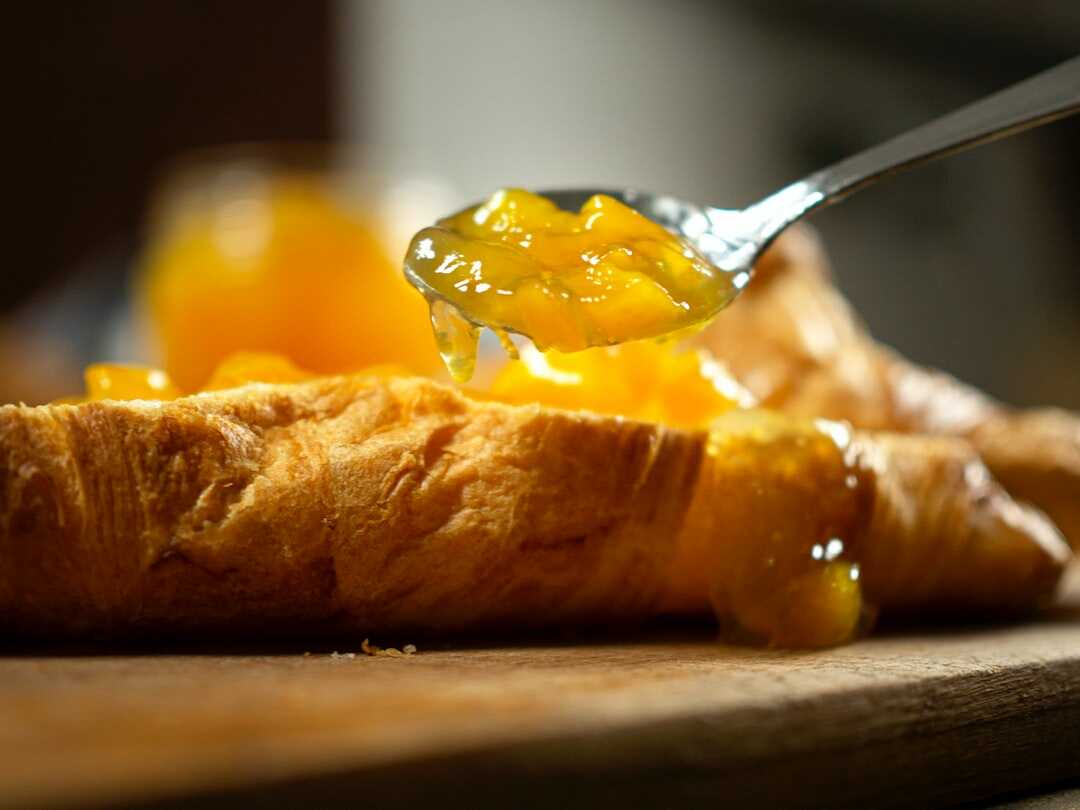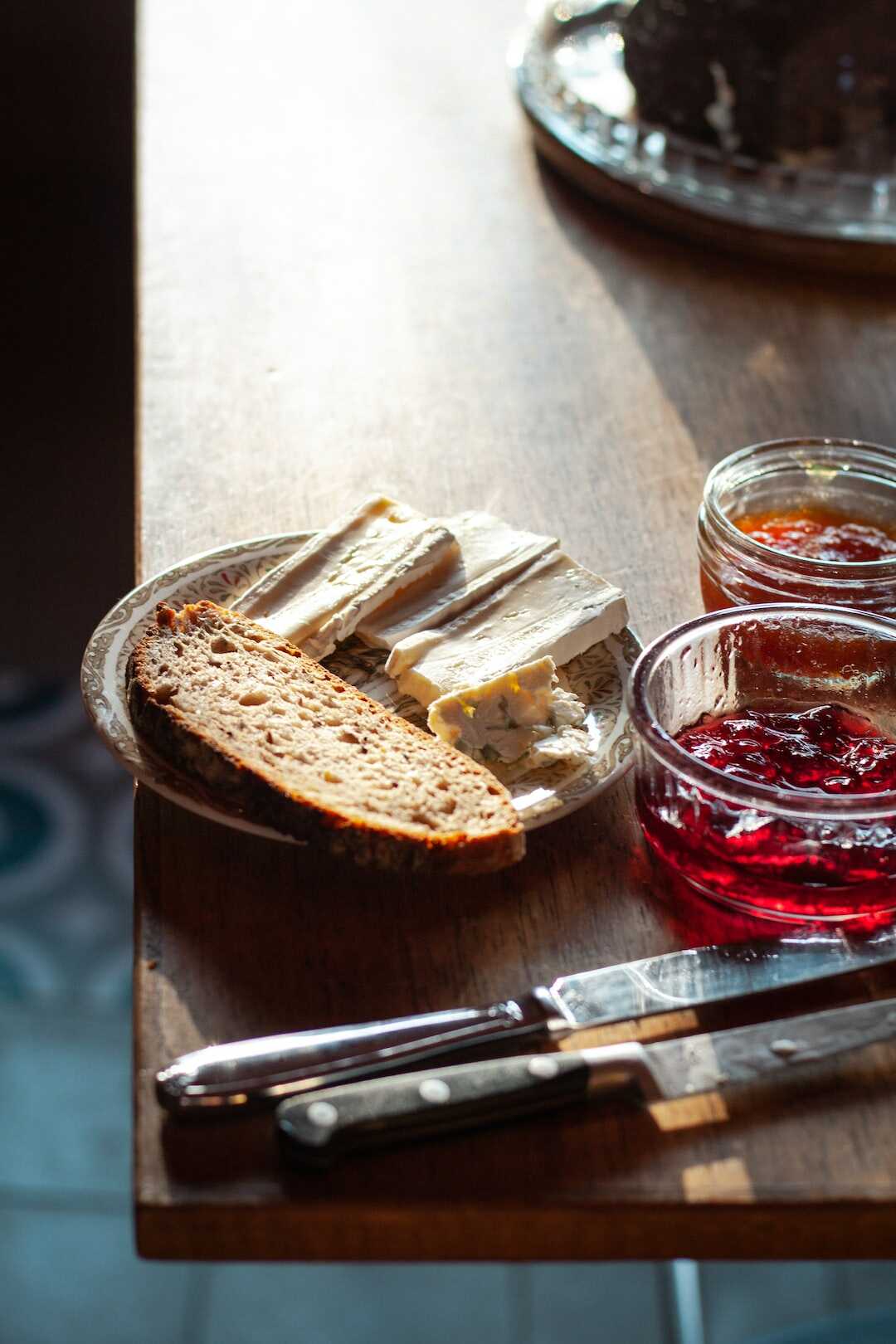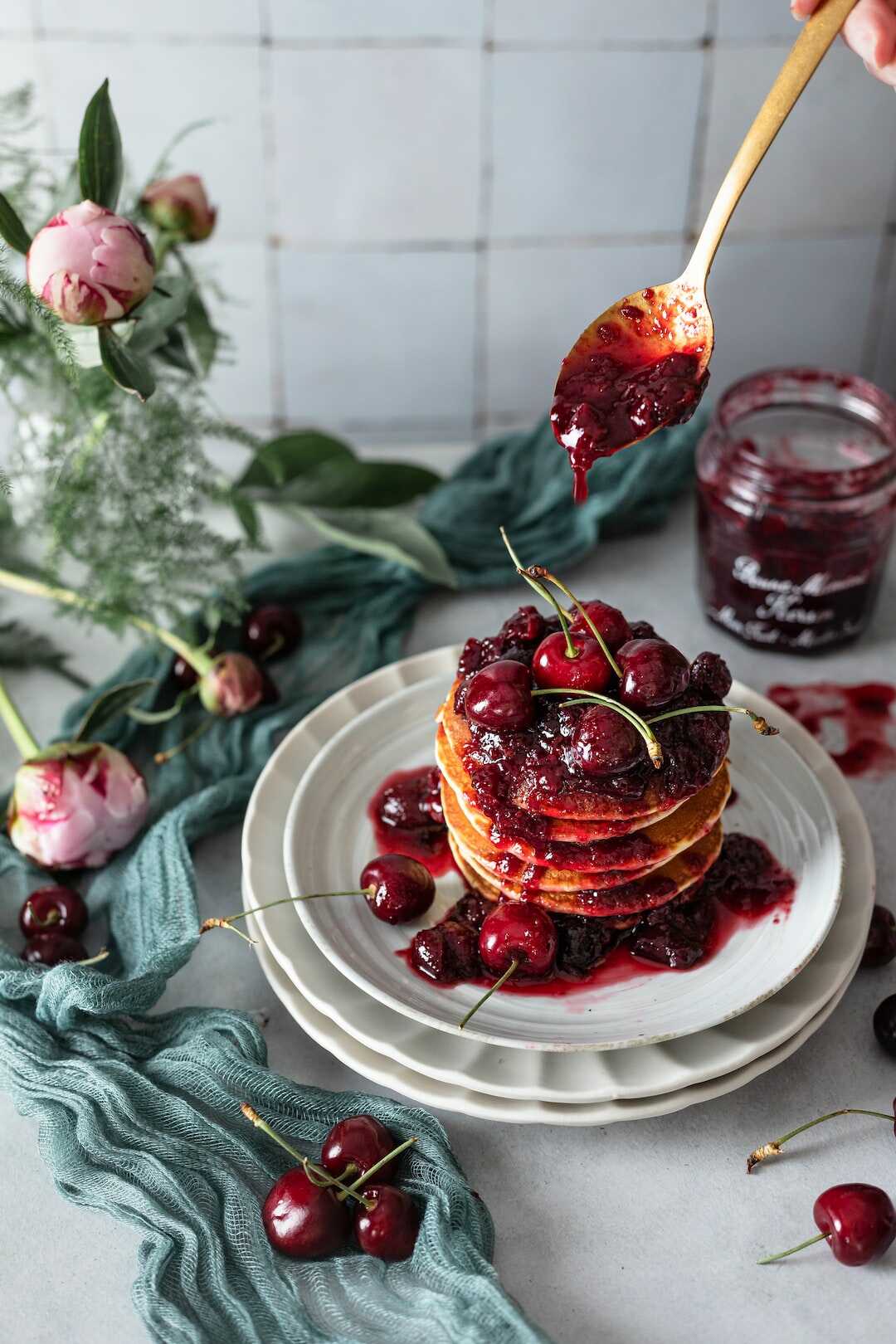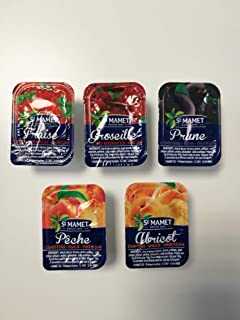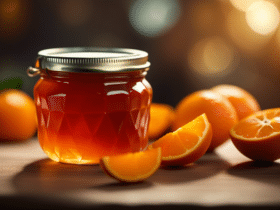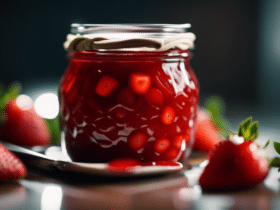Nutritionists recommend replacing jam with pure oilseed purees without added sugar, such as peanut, almond or hazelnut puree.
Which sugar to choose for the jam?

Crystallized and renowned, white sugar is the most widely used. Its grains are thicker than powdered sugar and allow you to make brilliant jams. As a reminder, any jam requires as much sugar as fruit.
Which sugar to choose for baking? White sugar (beet or sugar cane): its interest is its sweetening power and its discreet taste, which can be integrated into all preparations. It is particularly perfect for making confectionery, pastries or very fine pastries.
How to replace jam sugar? Honey, agave, coconut sugar to replace sugar So replace the sugar with a healthy and natural sweetener such as honey, agave syrup, birch sugar, coconut sugar, maple syrup for example.
What is the difference between granulated sugar and powdered sugar? Crystallized sugar, obtained from the crystallization of syrup, is used in the preparation of jams, fruit jellies and pastry decorations. It is the cheapest sugar. Powdered sugar, or granulated sugar, is reduced to very fine particles and dissolves quickly, even when cold.
Which jam is the least calorie?

Dietary jam For example, Bonne Maman’s intense red fruit jam, low in sugar, contains 30% less sugar than traditional jam.
Does jam make you fat? This drop of sugar therefore increases hunger. Foods with a high glycemic index, such as jam, are therefore more likely to gain weight because they stimulate the appetite.
What jam for a diet? Peach, apricot or even strawberry will go wonderfully with an apple or pear base (to prevent your compote from running too much). If you are not an expert in homemade compotes, even those from the supermarket will do the trick (always without added sugar and without additives)!
Which jam to buy? The final, “extra” jam requires a minimum of 450 g of fruit for 1 kg of finished product, often much more for the best brands. More than the sugar content, it is the fruit content that must be controlled.
How to store jam without sugar?

How to store jam without sugar?
- To keep your jams for several months without refrigerating them, you will need to sterilize the jam jars. …
- To keep the jams for a few weeks, for the hot jam into the jars and turn them upside down.
How to replace sugar in jams? Because too much sugar “kills” the taste of fruit. It is also necessary to know how to choose ripe fruits, perfectly in season, and not to overcook them. The sugar is then replaced by a healthy and natural sweetener such as honey, agave syrup, birch sugar, coconut sugar, maple syrup for example.
How much sugar for the jam? First point to respect: the right proportion of sugar and fruit. That is 800 g of sugar for 1 kg of fruit to make jam and 1 kg of sugar for 1 kg of fruit to make jelly. Jams that are not sweet enough do not keep very well. Use a maximum of 4 kg of fruit per cooking.
Which jam has the least sugar?

For example, Bonne Maman’s intense red fruit jam, reduced in sugar, contains 30% less sugar than traditional jam.
What is the minimum amount of sugar for jam? According to official texts, a jam to be recognized as such must contain 40% sugar and a maximum of 60% fruit. This sugar level corresponds to what is necessary for optimal preservation of all fruits. Below, the jam does not keep well.
What jam for diabetics? Raphaël jams, a French product, will delight your taste buds. People with diabetes will thus rediscover the pleasure of gourmet breakfasts. Note: No added sugar jams always contain natural sugars that come from the fruits used in the preparation.
Why use granulated sugar for jams?

A fundamental ingredient for making jams, sugar helps preserve the fruit. … White granulated sugar is most often used. Its grains are twice as large as conventional icing sugar (or granulated sugar), as recommended.
Why cast sugar to make jam? Crystallized sugar, traditionally used because it is the cheapest and most widespread, is reserved for fruits with enough pectin and acidity. Powdered sugar, which is finer than granulated sugar, dissolves more quickly when cooked.
What is the best sugar for jams?
With its grains twice as large as conventional icing sugar, white granulated sugar is the most used by gourmets to prepare jams.
Which natural sugar for jam? Natural sweeteners like birch sugar (also called xylitol) also work well. Birch sugar is a 100% natural sweetener chemically extracted from birch bark and has the same sweetening power as special jam sugar but with a lower glycemic index.
How much jam per day?
There’s no need to cut jam from your diet if it’s your morning treat. 10 g (= 2 teaspoons) on toast for breakfast or in yoghurt for lunch is perfectly acceptable as part of a balanced diet.
Is jam good for health? They strengthen the resistance of the arteries, protect against free radicals (main source of cancer) have anti-inflammatory and anti-allergic properties (source). Blackberry and strawberry jams and sweet fruits in general are the most loaded with anthocyanins.
How to calculate the amount of sugar for jam? 1/1. Thus the proportion (excluding sugar already present in the fruit) must be 1 kg of sugar / 1 kg of fruit. This way the jam will keep very well.
What is the best jam for your health? The best choices The first place on our list goes to Première Moisson jam. With only 30 calories and 7g of sugar per serving, their jam stands out from other products.

